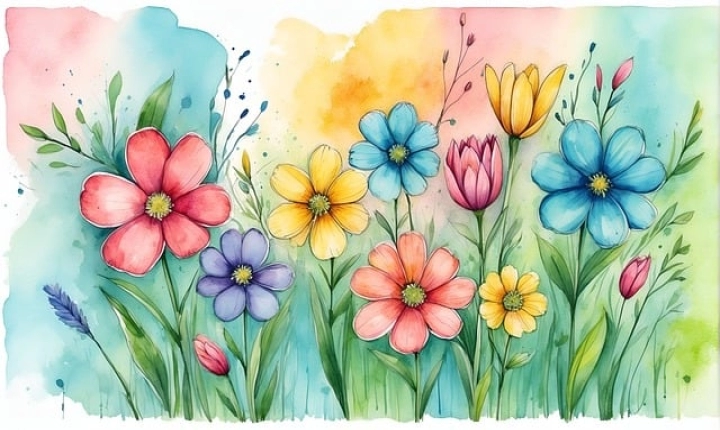Title: Can AI Replace Art?
Art has been an essential part of human expression and creativity for centuries, serving as a medium through which we communicate our thoughts, emotions, and experiences. However, with the rapid advancement of technology, particularly in the field of Artificial Intelligence (AI), there is an ongoing debate about whether AI can replace art and the role it plays in our lives.
AI has made significant strides in the creative realm, producing music, visual art, literature, and more. The ability of AI to analyze vast amounts of data, recognize patterns, and generate new content has led to the creation of art that mimics human creativity. For instance, AI-generated paintings, music compositions, and even poetry have garnered attention and recognition in recent years.
One argument in favor of AI replacing art is its potential to democratize creativity. With AI tools becoming more accessible, individuals who may not have traditional artistic skills or training can create their own art. This has the potential to expand the reach of art and increase diversity in the creative landscape.
AI-generated art also raises questions about the nature of creativity and the role of the artist. Can a piece of art created by AI possess the same depth of emotion, intention, and personal experience as that of a human artist? This debate challenges our understanding of art and what it means to be an artist.
Another perspective suggests that while AI can produce art, it lacks the inherent humanity that underpins much of human creativity. Art has the capacity to evoke emotion, provoke thought, and reflect the human experience in a way that is deeply ingrained in our collective consciousness. The unique perspective, intuition, and interpretation that human artists bring to their work cannot be replicated by AI.
Furthermore, the relationship between art and the artist is an essential component of the art-making process. The artistic journey, the struggle, the self-expression, and the personal growth inherent in creating art are irreplaceable experiences that shape the artist and their work. AI may be able to imitate, but it cannot truly embody this aspect of art.
Ultimately, the question of whether AI can replace art is multifaceted and complex. While AI has demonstrated an ability to create art, the essence of human creativity and the depth of emotion it conveys remains a distinctive aspect of art that AI cannot replicate. The debate also opens up discussions around the changing landscape of creativity, the evolving role of technology in the arts, and the potential impact on the art world.
In conclusion, AI’s capacity to create art challenges our perceptions of creativity, artistry, and the human experience. While AI-generated art offers new possibilities, the intrinsic value and humanity of art continue to be deeply rooted in the human spirit. The coexistence of AI and traditional art may offer a dynamic and evolving landscape, where both can enrich and complement each other rather than replace one another. Art and AI may exist in a symbiotic relationship, offering new perspectives and expanding the boundaries of creativity.
